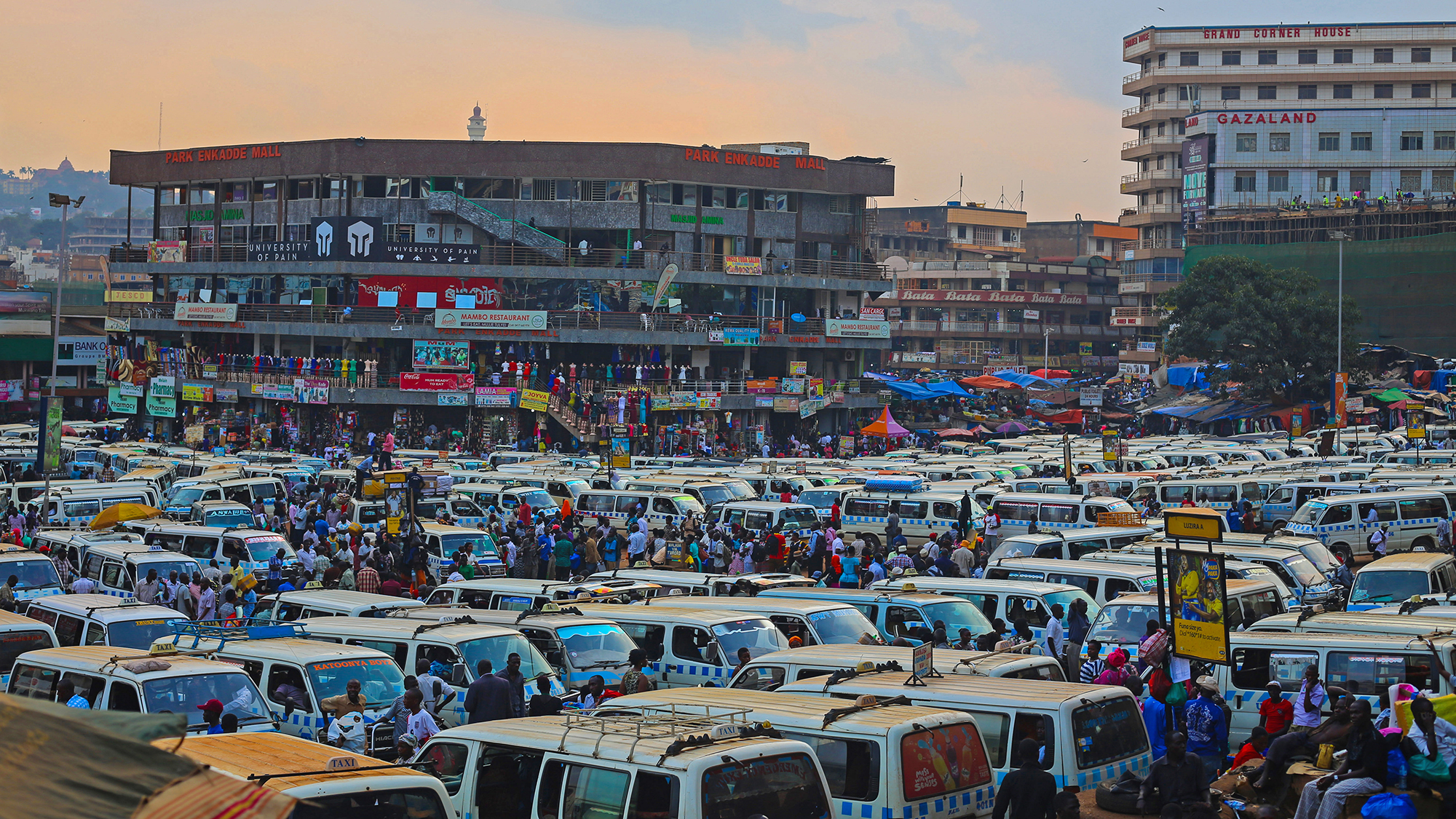
At Tetra Tech International Development, we have put in a lot of effort in recent years to embed gender equality and social inclusion into our working practices. We are committed to championing best practice and continuously seek to challenge ourselves and hone our approach to diversity and inclusion – particularly in areas where we know there is still progress to make. In this blog, Janki Rajpura, Senior Evaluation Manager, shares her experience of integrating gender equality and social inclusion into our recent cities and infrastructure projects – which she previously discussed as a panellist on one of the BDO Women Working In Development discussion series.
The last few years have seen me work on a number of infrastructure and urban development programmes: I’ve managed several rounds of technical reviews of the Ethiopia Investment and Advisory Facility and managed the Results Management and Learning contract for the Cities & Infrastructure for Growth Programme in Zambia, Myanmar and Uganda.
When I’ve been putting together teams with experience in these areas, I have often found it difficult gather truly diverse teams: the key candidates that have come forward in our recruitment drives have generally tended to be male, slightly older and international, rather than from the country in which we are working. This experience has made it clear to me that we need to completely reconsider our recruitment strategies to encourage better representation in leadership and decision-making roles within our programmes, otherwise we risk making assumptions on needs of programme beneficiaries.
The most important – and perhaps most challenging – lesson is to acknowledge that it can be difficult to successfully incorporate gender equality and social inclusion in a way that is useful and meaningful –without making it a tick box exercise. If we are to better mainstream gender inclusion in the design and delivery of infrastructure and cities, we need to ask ourselves the following questions:
- How do we define Gender Equality and Social Inclusion? Which marginalised group or groups are we looking at? It is a Herculean task to tailor a programme for all groups – even if we just look at disabilities, we find a wide spectrum of visible and hidden disabilities to consider. The contexts differ within and between the countries we work in, and disastrous global events due to climate, diseases or conflict can bring out new marginalised groups at any given time. We do not want to just aim to ‘do no harm’ – we want to take an inclusive, transformative approach.
- What resources are available for gender equality and social inclusion mainstreaming? Increasing diversity takes time, costs money and sometimes only produces visible results after a programme has come to a close. This is an aspect worth keeping in mind – the more we know what to expect from the very start, the better we can allocate our efforts and resources, leading to more successful outcomes.
- What is our starting point? Official data on marginalised groups is often incomplete or contradictory. This is an important consideration when aiming to set indicators as you need a baseline to work from.
- Who are we affecting now, and how? It is worth not only looking at the beneficiaries of the project, but also those who are currently working on it. For example, women workers need adequate sanitation facilities, separate accommodation, mother and baby facilities – how are we doing with that? On the other hand, we must reflect how we are affecting the local community: is there a chance to target underemployed groups in recruitment – or are there even adverse effects on marginalised groups in local communities?
Where does this leave us as a business? A lot of our efforts are already paying off: thanks to our in-house Gender Team, we design, deliver, monitor and evaluate our work in an inclusive way and have become a trusted partner in providing valuable support to a wide range of Tetra Tech programmes.
But in order to continue being a leading force for equality in the sector, and to ensure diversity within our organisation and operations around the world, it is our responsibility to do our best and ask difficult questions – for a fairer and more inclusive world.